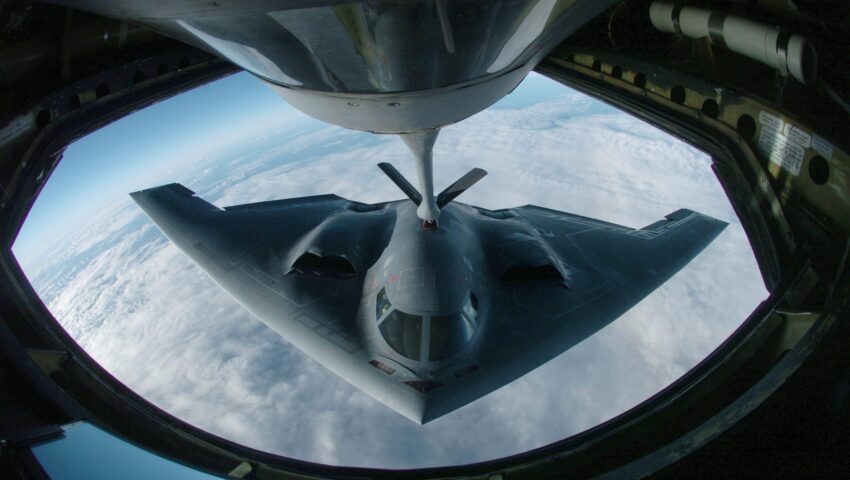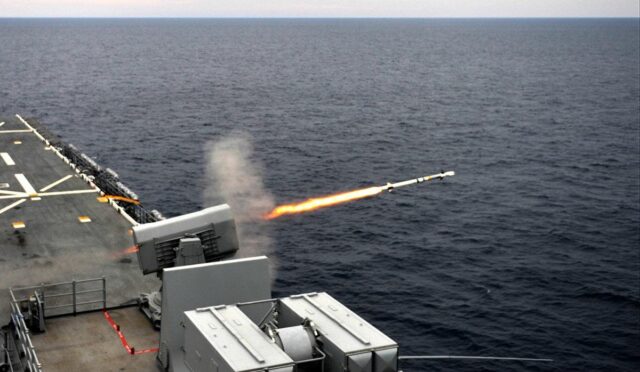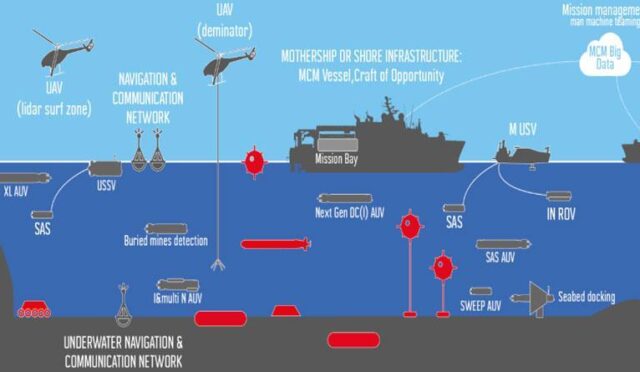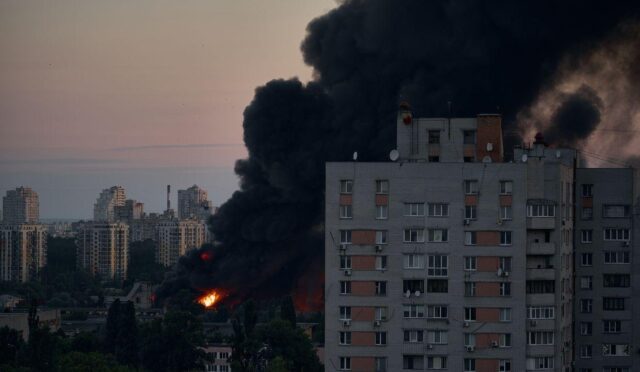Stealth Bombers Deployment in Recent Iran Nuclear Attack
In a striking move, seven stealth bombers were deployed by the United States in a recent operation targeting Iranian nuclear facilities. According to top U.S. military officials, this maneuver, named “Midnight Hammer,” marked a significant escalation in military activity in the region. Joint Chiefs Chairman General Dan Caine provided details on Sunday, revealing that the main strike package consisted of the advanced B-2 Spirit bombers, which completed an impressive 18-hour flight from the U.S. mainland to Iran.
General Caine highlighted the meticulous planning involved in the operation, noting that it included several mid-air refueling missions to ensure the bombers could reach their objectives. Interestingly, he pointed out that Iran’s military response was minimal, with the country’s fighter jets remaining grounded and their surface-to-air missile systems apparently unable to detect the bombers during the mission. Caine emphasized, “We maintained the element of surprise,” underscoring the effectiveness of the operation.
Details of the Operation
The operation, touted as a demonstration of U.S. military precision, involved careful coordination and advanced tactical planning. The deployment of the B-2 Spirit bombers, known for their stealth capabilities, was a key factor in the success of the strike. The bombers were able to navigate undetected through complex air defenses, showcasing the technological superiority that the U.S. military possesses over potential adversaries.
Military analysts have praised the operation for its execution, which appears to have caught Iranian forces off guard. This unexpected silence from Iran’s air defenses raises further questions about the readiness and capability of their military assets in the face of advanced U.S. technology. The absence of any retaliatory actions speaks volumes about the strategic dynamics at play in the region.
Implications for Regional Security
The use of stealth bombers in the attack on Iranian nuclear sites has significant implications for regional security. As tensions escalate in the Middle East, such military operations may shift the balance of power and provoke reactions from not only Iran but also its allies in the region. Observers are concerned that this move could lead to a cycle of retaliation, heightening the risk of further military engagements.
Additionally, the successful execution of the “Midnight Hammer” operation may embolden the U.S. to take more assertive actions in the future. This event underscores the ongoing challenges surrounding nuclear proliferation in Iran and the international community’s need to address these issues diplomatically. The delicate situation requires careful navigation to avoid an escalation that could have dire consequences for global stability.
Conclusion: A New chapter in U.S.-Iran Relations
As military operations evolve, the relationship between the U.S. and Iran remains tenuous at best. The deployment of stealth bombers signals a new chapter in U.S. engagement with Iran’s nuclear ambitions, emphasizing a willingness to use force when deemed necessary. General Caine’s statements reflect a broader strategy aimed at deterring Iranian aggression and securing U.S. interests in the region.
Moving forward, it will be crucial to monitor the developments following this operation. The response from Iran and its potential implications for U.S. foreign policy could shape the dynamics of the Middle East significantly. Diplomacy may become even more essential in addressing the fallout from such military actions and in laying the groundwork for a more stable future.







